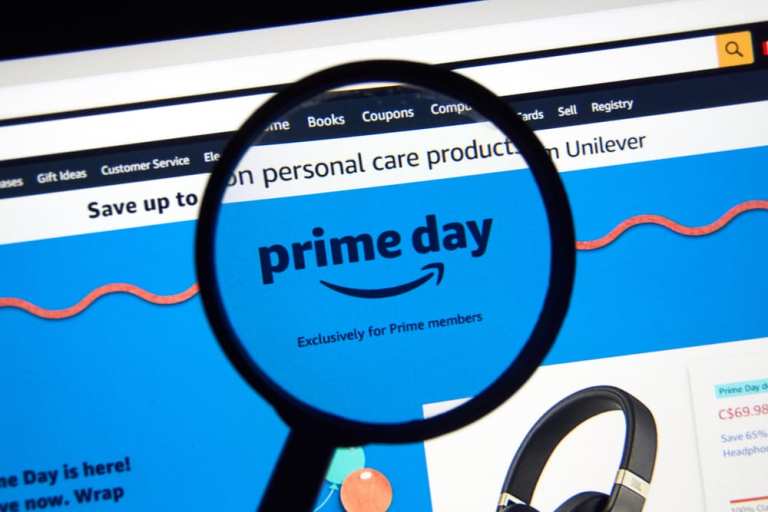
Welcome to the beginning of holiday shopping 2020 – or so the media and key retailers have deemed it. Amazon Prime Day begins Tuesday (Oct. 13), highlighting the year’s most active and consequential retail week. But questions still abound as to how much consumers will spend, what they are buying and who they are buying for.
The biggest question – and the biggest factor in retail shopping this year, for better or worse – is the impact of the pandemic. Fears of a full-on second wave of COVID have already changed consumers’ buying patterns, sending them back to the essentials they stockpiled during those first months of panic-induced buying. According to a C+R Research report released last week, 87 percent of polled consumers fear that a second wave will lead to grocery shortages, and 86 percent are concerned that it would bring even higher prices.
Some consumers are buying extra food supplies, according to the report. Two-thirds of consumers (67 percent) are stocked up on essential food items, while the rest have only enough on hand to last two weeks or less.
Now, as the retail industry tries to pull the holiday season forward, the new fears throw a new wrench into all the deals that retailers – from Amazon to Target to Walmart – are putting together. Will consumers use this week to stock up on the essentials that drove spending early in the pandemic? If so, that could conflict with the generally accepted concept that this will be the first week of gift-buying. It could also affect other holidays. It’s possible that if this week goes more toward essentials, gift-giving could move to later in the buying cycle, and even put Thanksgiving weekend back on the retail map.
Consumer spending, while it looks to be solid, is also still an open issue. On the surface, the numbers that define a retail recovery look good. But the specter of a lack of government stimulus still hangs over retail’s critical October. But that’s not the only concern. Some analysts are warning that the record number of unemployed people and a lack of spending at the lower end of the income spectrum could eventually hurt sales numbers.
“A closer look at the sales data reveals that all is not well at the nation’s shopping centers and along our main streets,” said Seeking Alpha. “The picture painted by the broad brush of total retail sales figures obscures the reality that the pandemic is cleaving the retail sector into distinct winners and losers as households make major profound shifts in what, how and where they buy. More people are buying a lot more online than ever before – not just more stuff overall, but more types of goods (especially groceries and personal care items) and even services (like prepared food and cocktails).”
The final issue concerns the Amazon-centric nature of this week. Target, Walmart, Best Buy and almost every other major retailer has scheduled events this week to ride on Amazon’s coattails. But new intent data shows that Amazon will win the week. According to Coresight Research, 26.7 percent of shoppers expect to make a purchase during the Prime Day sales event. But the competition is hawking a feature that gives brick-and-mortar a potential advantage.
“Target, Walmart and Best Buy may have an ace up their sleeve,” said Fast Company. “The three brick-and-mortar retailers are offering optional curbside and in-store pickup for orders placed online, which means people who don’t want to wait for items to be shipped to them can go and grab them that day. That’s something Amazon can’t offer.”